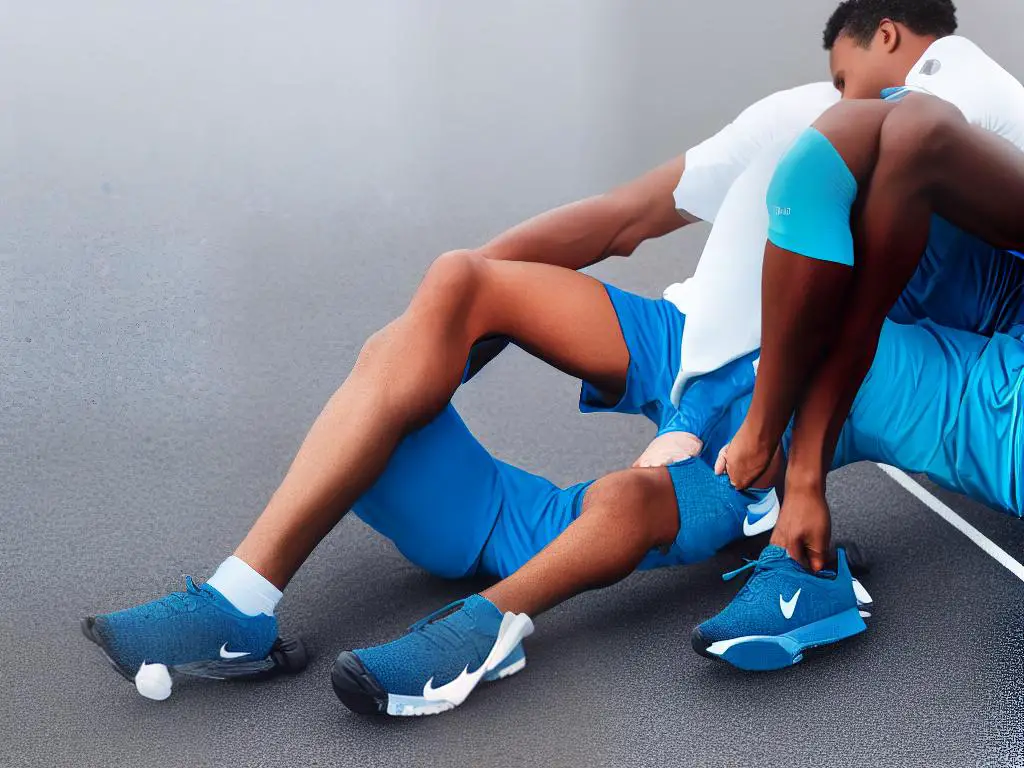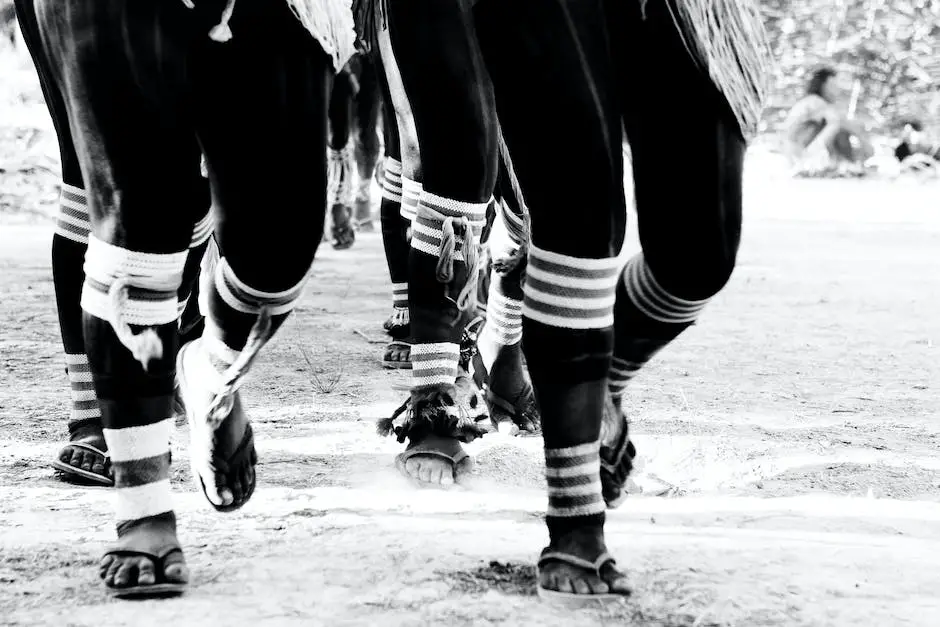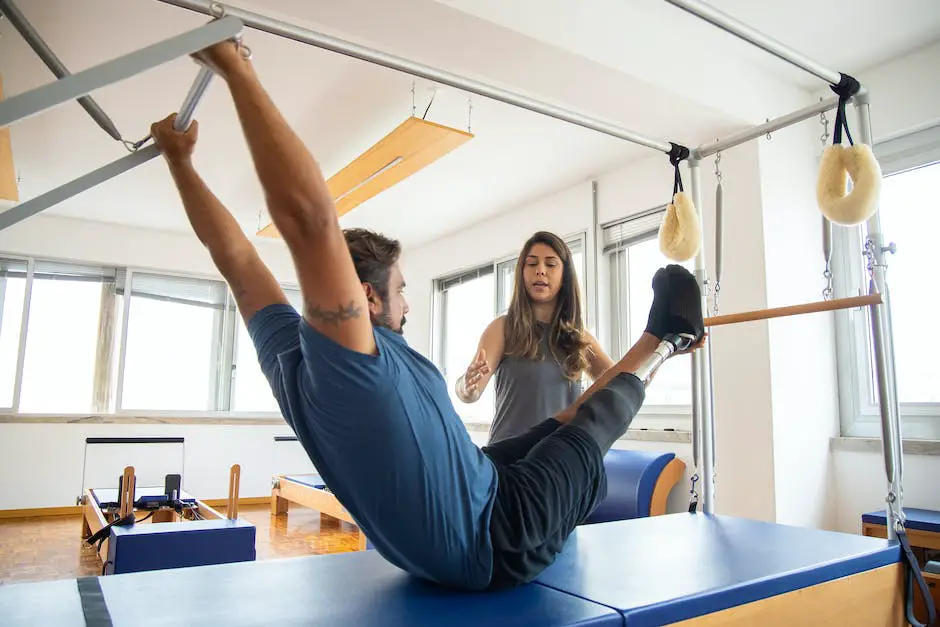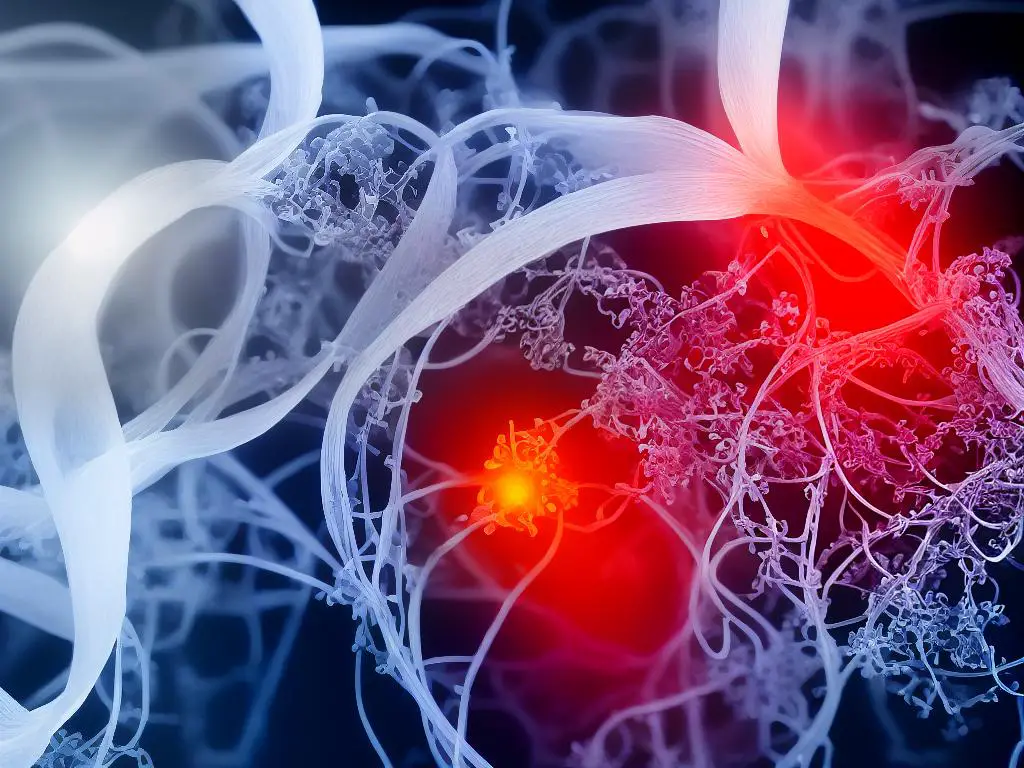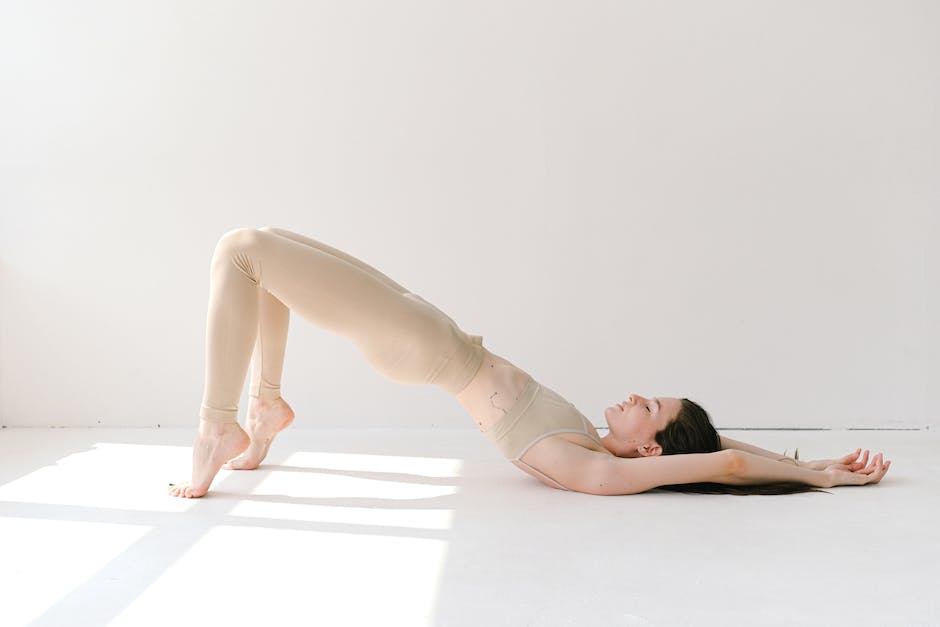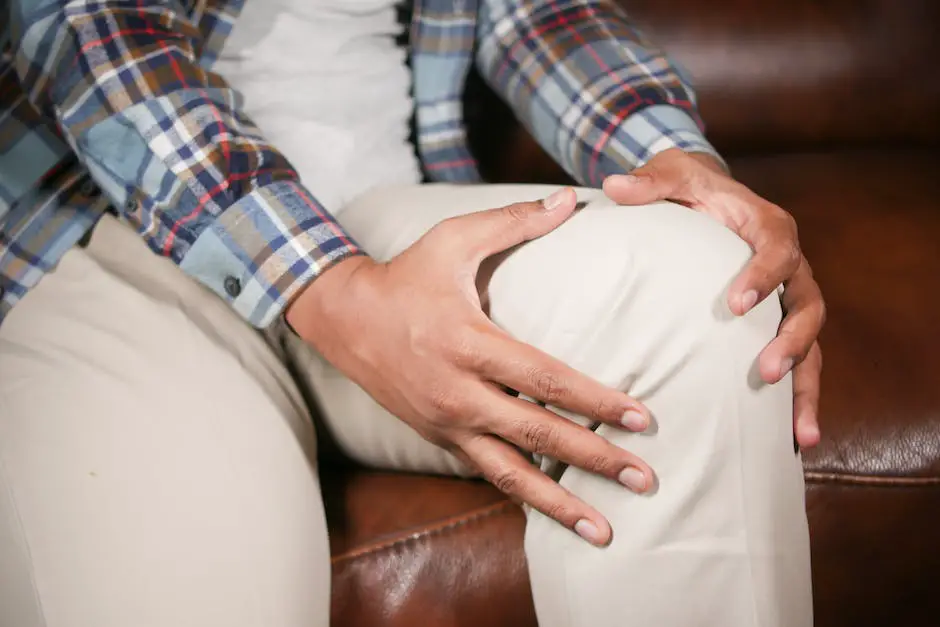Knee pain is a common condition that affects people of all ages and activity levels, often significantly impacting daily life and overall well-being. With various potential causes, such as osteoarthritis, injuries, and inflammation, it is essential to understand the underlying factors that contribute to knee pain in order to determine the most effective treatment options. This comprehensive guide will delve into the process of diagnosing knee pain, explore non-surgical and surgical treatment options, and discuss the preparation and recovery process involved with knee surgery. Additionally, alternative and complementary therapies for knee pain will be examined to provide a well-rounded overview for those seeking relief.
Understanding Knee Pain
Osteoarthritis and Knee Pain
Osteoarthritis is one of the leading causes of knee pain and often requires surgical intervention. This degenerative joint disease occurs when the protective cartilage that cushions the ends of bones breaks down over time, leading to bone-on-bone friction and causing pain, swelling, and stiffness in the joints. Knee osteoarthritis is common in older individuals and those who have experienced prior knee injuries. In some cases, nonsurgical treatment options, such as physical therapy, pain management, and lifestyle modifications, may be sufficient to alleviate pain. However, when these conservative measures fail to provide relief, surgical options may be considered, including arthroscopic surgery, partial knee replacement, or total knee replacement.
Injuries and Knee Pain
Injuries to the knee, such as tears to the anterior cruciate ligament (ACL), meniscus, or other ligaments and cartilage within the joint, can also be a significant source of knee pain. These injuries often occur during sports or physical activities that involve sudden stops, jumps, or changes in direction. Depending on the severity and location of the injury, surgical intervention might be necessary to repair or reconstruct the damaged structures. Arthroscopic surgery is often the preferred method for treating these types of injuries, as it is less invasive and allows for a faster recovery time compared to traditional open surgery.
Inflammation and Knee Pain
Inflammation-related conditions, such as rheumatoid arthritis and bursitis, can also contribute to knee pain. Rheumatoid arthritis is an autoimmune disorder that leads to chronic inflammation and destruction of the joint structures. Bursitis, on the other hand, results from inflammation of the bursa, a fluid-filled sac that reduces friction between tissues in the joint. Treatment for these conditions typically involves medication and physical therapy to manage pain and inflammation. In severe cases where joint damage has occurred, surgical interventions like synovectomy or joint replacement may be necessary.
Risk Factors and Prevention
Risk factors for knee pain include age, excess body weight, prior injury, and participation in certain sports or activities that put stress on the knee joint. These factors can increase an individual’s likelihood of developing knee pain and potentially requiring surgery in the future. It is essential to be aware of these risk factors and take steps to maintain a healthy lifestyle, as preventative measures can help reduce the chances of developing knee pain and the need for surgery.
Symptoms and Treatment of Knee Pain
Individuals experiencing knee pain may encounter a variety of symptoms such as pain that worsens with activity, swelling, stiffness, and decreased range of motion. In some instances, people can also suffer from instability or giving way of the knee joint, locking or catching sensations, and a grinding or clicking noise during movement. It is crucial for anyone with persistent knee pain to consult a medical professional to determine the cause and identify appropriate treatment options, which may include surgical interventions for more severe cases.

Diagnosing Knee Pain
In order to determine the cause of knee pain, healthcare professionals often conduct a physical examination. The examination involves observing the knee for swelling, bruising, and other visible abnormalities, as well as assessing the patient’s range of motion, muscle strength, and overall joint stability. The provider may also palpate (touch) the knee to identify any areas of tenderness, warmth, or discomfort, which could indicate an injury or underlying issue. Various tests to check for ligament or meniscus injuries may also be performed by manipulating and applying pressure to the knee joint in specific ways. This examination process helps to provide a more accurate diagnosis and identify the appropriate treatment options for each individual.
Imaging tests are another essential component of diagnosing knee pain. These tests can provide a more detailed view of the knee joint, allowing for a thorough evaluation of the bones, cartilage, tendons, ligaments, and other structures. X-rays are often the first imaging test ordered, as they can quickly identify fractures, dislocations, and degenerative changes such as osteoarthritis. However, X-rays may not provide adequate detail for some soft tissue structures like ligaments and tendons. In such cases, magnetic resonance imaging (MRI) or ultrasound can be used to visualize these structures more clearly. MRI scans are particularly useful for evaluating ligament and cartilage injuries, while ultrasound may be used to assess tendon damage.
Joint aspiration (also known as arthrocentesis) is another diagnostic tool that healthcare professionals may use when evaluating knee pain. This procedure involves using a needle to withdraw fluid from the knee joint. Analyzing the joint fluid can help identify the presence of infection, inflammation, or crystals, which can point to conditions like septic arthritis, gout, or pseudogout. Joint aspiration is primarily done when there is significant swelling and warmth in the knee, suggesting an underlying inflammatory or infective process.
In some cases, healthcare professionals may also utilize additional diagnostic techniques to evaluate knee pain thoroughly. These can include blood tests, which can help rule out or confirm systemic causes of joint pain, such as rheumatoid arthritis or other autoimmune diseases. Another method is arthroscopy, a minimally invasive surgical procedure that allows for direct visualization of the knee joint through a small incision and the use of a tiny camera. This test not only aids in diagnosis but can sometimes allow for immediate treatment of the issue during the same procedure.
Accurate diagnosis and treatment plans for knee pain are essential in determining the most suitable interventions for each patient. Healthcare professionals use various diagnostic tools and tests to identify the underlying cause of the pain. This tailored approach helps in selecting an appropriate surgical or nonsurgical option, ensuring that each patient receives the most effective and targeted treatment for their specific knee pain issue. As a result, the patients experience an improved quality of life and enhanced joint function.

Non-surgical Treatment Options
Non-Surgical Treatment: Physical Therapy for Knee Pain
Physical therapy is a crucial non-surgical treatment option for knee pain. By working with a skilled physical therapist, patients can improve flexibility, strength, and stability in their knee joint, ultimately alleviating discomfort and enhancing function. Physical therapy involves various methods, such as manual therapy, stretches, strengthening exercises, and the application of ice and heat to manage pain and inflammation. Through a personalized treatment plan tailored to the patient’s specific needs and abilities, physical therapy aims to prevent future injuries and promote long-term recovery.
Medications for Knee Pain
Medications, both over-the-counter and prescription, can also provide relief for knee pain. Nonsteroidal anti-inflammatory drugs (NSAIDs), such as ibuprofen and naproxen, are commonly used to reduce pain and inflammation in the knee joint. For more severe cases, doctors may prescribe stronger pain relievers, muscle relaxants, or corticosteroid injections directly into the knee joint for immediate and short-term relief. It’s important to note that while medications can provide temporary comfort, they do not address the underlying cause of knee pain and should be used in conjunction with other treatment options.
Knee Bracing for Support and Stability
Bracing is another non-surgical solution for knee pain that provides support and stability to the joint. There are various types of knee braces, ranging from simple elastic sleeves to more complex hinged designs. A brace can help alleviate strain on the joint by redistributing weight, correcting alignment, and providing support to weakened structures, such as ligaments and cartilage. By wearing a knee brace during physical activity, individuals can help prevent further injury and reduce discomfort.
Weight Management for Knee Pain
Weight management plays a significant role in non-surgical treatment for knee pain. Carrying excess body weight places additional stress and strain on the knee joint, leading to increased pain and potential damage. By adopting a healthier lifestyle, including a balanced diet and regular exercise, individuals can effectively reduce their body weight, relieving some of the pressure on the knee joint. It’s essential to consult a healthcare professional for guidance on safe weight loss methods and appropriate exercise routines.
At-Home Care and Self-Management Techniques
For those experiencing knee pain, incorporating at-home care and self-management techniques can lead to better outcomes. Simple practices such as applying heat and cold therapy, elevating the leg to reduce swelling, and adhering to a consistent exercise routine can provide substantial relief. Additionally, making adjustments to daily activities, such as avoiding prolonged standing and walking on hard surfaces, can help alleviate and prevent knee pain symptoms. Combining these at-home methods with other non-surgical treatment options can improve overall knee function, reduce pain, and may even eliminate the need for surgery altogether.
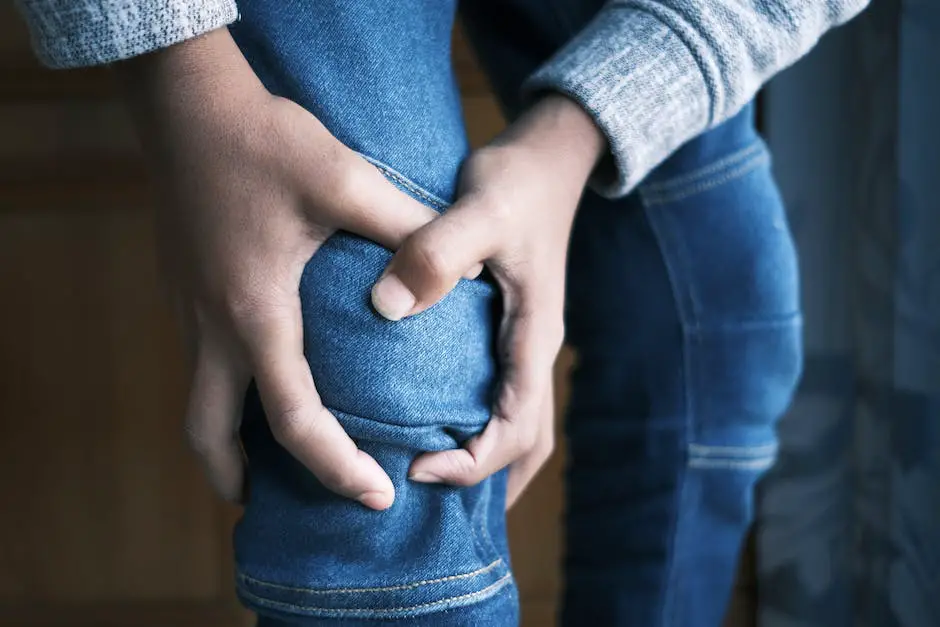
Surgical Treatment Options
Arthroscopy
When non-surgical treatments are not sufficient, arthroscopy is a commonly utilized minimally invasive surgery option for diagnosing and treating a variety of knee problems. This procedure involves the insertion of a thin, flexible instrument called an arthroscope into the knee joint through small incisions. By visualizing and repairing joint issues, arthroscopy can address meniscal tears, ligament injuries, and cartilage damage effectively. This procedure usually offers faster recovery times and fewer complications compared to open surgery. However, risks such as potential infection, blood clots, and damage to nearby structures should be considered.
Total Knee Replacement (TKR)
Total knee replacement (TKR) is a popular option for treating severe knee pain and dysfunction, particularly due to arthritis. This procedure involves removing damaged or diseased bone and cartilage from the joint and replacing them with artificial components. This surgery can significantly improve pain levels, function, and overall quality of life for patients with advanced joint degeneration. However, there are some risks associated with this procedure, such as infection, blood clots, and loosening or failure of the artificial components over time. Recovery from total knee replacement typically takes around 12 weeks and may require extensive rehabilitation to achieve optimal outcomes.
Partial Knee Replacement (PKR)
Partial knee replacement (PKR), also known as unicompartmental knee replacement, is an alternative to total knee replacement for some patients with more limited joint damage. As the name suggests, this procedure involves replacing only the damaged part of the knee joint, preserving more of the patient’s natural bone and tissue. This can lead to shorter recovery times and a more natural-feeling joint than with a total knee replacement. However, not all patients are suitable candidates for PKR, and it is essential to discuss specific knee conditions with an orthopedic surgeon to determine the appropriate treatment. Risks associated with PKR are similar to those of TKR, including infection, blood clots, and the potential need for revision surgery in the future.
Osteotomy
Osteotomy is another surgical option for some patients suffering from knee pain, particularly those with knee joint misalignment or early-stage arthritis. This procedure involves cutting and reshaping the bone to shift weight away from the damaged joint area and improve joint stability. Osteotomy can help delay or even prevent the need for a knee replacement in some cases. However, it is less effective in treating advanced arthritis and may require a longer recovery time than some other methods, with the need for non-weight bearing for several weeks. The risks of osteotomy include infection, blood clots, and failure of the bone to heal, necessitating further surgeries.
Joint Fusion
Joint fusion, also known as arthrodesis, is generally reserved for those experiencing severe knee joint problems when other surgical options are not viable, or have proven unsuccessful. This procedure involves fusing the bones in the knee joint together, creating a stable but immobile joint. Although joint fusion can alleviate chronic pain and improve function for individuals with significant knee deterioration, it also presents several drawbacks. These include decreased mobility, compensatory stress on other joints, and potential complications such as infection or failure of the fusion. Recovery time for joint fusion may vary depending on the technique implemented, ranging from a few weeks for minimally invasive approaches, to several months for traditional open procedures.

Preparing for Knee Surgery
Medical Clearance
Prior to undergoing knee surgery, one of the crucial steps is securing medical clearance. This process involves a comprehensive assessment of the patient’s overall health, medical history, and specific factors related to the need for surgery. A primary care physician typically conducts this evaluation, which may include a variety of tests such as blood tests, electrocardiograms, or chest X-rays, to determine if the individual’s health is suitable for surgery. The physician may also review and provide recommendations concerning any current medications and medical conditions that could potentially interfere with anesthesia or the surgical procedure itself.
Surgical Preparation
Surgical preparation is another critical component of the preoperative process. Prior to surgery, patients must follow specific instructions provided by their surgeon or healthcare team to help ensure a successful outcome. These instructions may include but are not limited to stopping certain medications, dietary restrictions, and maintaining proper hygiene to minimize the risk of infection. Surgeons may also recommend physical therapy or strengthening exercises to help prepare the knee and surrounding muscles for surgery, potentially reducing recovery time.
Mental Preparation
Mental preparation is also vital in the time leading up to knee surgery. Patients should familiarize themselves with the type of procedure they will be undergoing, the anticipated recovery timeline, and the rehabilitation process. This may include discussing expectations and concerns with their surgeon or attending a preoperative class at the hospital. Creating a support network of family and friends for assistance during recovery, as well as planning for mobility issues in the home, can also alleviate stress and contribute to a more successful postoperative experience.
Financial Considerations
Financial considerations are an essential aspect when planning for knee surgery. Prior to scheduling the procedure, patients should review their insurance coverage to understand what costs may be associated with the surgery, anesthesia, hospital stay, and rehabilitation. It is crucial to consider deductibles, copays, and out-of-pocket expenses that may be incurred. Patients may also have to discuss payment options and financial assistance programs with the hospital or surgical center. It is advised to communicate openly with the healthcare team and insurance provider to avoid surprise fees and budget accurately for the surgery and its associated costs.
Practical Arrangements
For those considering knee surgery, it’s important to plan and prepare for the procedure and its aftermath. This involves organizing transportation to and from the hospital, taking time off from work, and making necessary modifications to your home environment to accommodate your recovery needs. Postoperative care and rehabilitation appointments should be arranged beforehand, allowing for a seamless transition from the surgical process to the recovery period. This comprehensive preoperative preparation can positively impact the patient’s surgical experience and overall recovery.

What to Expect During Recovery
Managing Pain
Pain management is a crucial aspect of a smooth and comfortable recovery after knee surgery. Immediately following the procedure, doctors typically prescribe strong pain medications to help minimize discomfort. As time passes and your pain levels decrease, you can gradually transition to over-the-counter pain medicines like ibuprofen or acetaminophen. Be sure to communicate openly with your healthcare provider about your pain levels, as this can impact your ability to fully participate in rehabilitation and recovery exercises. In some cases, patients may also be advised to use ice packs or compression sleeves to help control pain and swelling during the recovery process.
Physical Therapy
Physical therapy plays a vital role in the recovery process following knee surgery. A physical therapist will work with the patient to develop a plan tailored to their specific needs and goals. This plan usually includes a combination of strengthening exercises, flexibility training, and stability work to improve balance and knee function. Depending on the type and extent of the surgery, patients may need to attend physical therapy sessions several times a week for anywhere from a few weeks to a few months. It’s important to follow your therapist’s guidelines and recommendations closely, as this will make a significant difference in the outcome of your recovery.
Rehabilitation Timeline
The rehabilitation timeline following knee surgery can vary significantly depending on the patient and the type of procedure performed. In general, patients can expect a recovery period of several weeks to several months. For less invasive procedures, such as arthroscopy, patients may see improvements within a few weeks. In contrast, more extensive surgeries, such as a total knee replacement, may require a recovery period of several months. It’s critical to maintain realistic expectations about the recovery process and understand that progress will often be gradual and may fluctuate due to various factors such as pain levels, swelling, and muscle strength.
Potential Complications
Potential complications following knee surgery can include infection, blood clots, poor wound healing, nerve damage, and ongoing knee pain or stiffness. Your healthcare team will do their best to minimize these risks, but it’s essential for patients to take an active role in preventing complications as well. This can involve following all post-operative instructions carefully, completing prescribed exercises and physical therapy, and promptly reporting any concerning symptoms to your healthcare provider. Additionally, maintaining a healthy lifestyle by not smoking, eating well, and staying active can help promote overall healing and well-being during the recovery period.
Setting Achievable Goals
One essential aspect of recovering from knee pain surgery is setting achievable goals. Short-term goals can help you stay motivated and focused as you progress through your rehabilitation plan. These goals should be realistic and attainable, such as walking without assistance or climbing a set of stairs independently. Discussing your goals with your healthcare team and physical therapist will ensure you’re working toward milestones appropriate for your specific situation and can provide valuable insights into your progress and recovery. Remember that patience and persistence are key when it comes to recovering from knee surgery, and small, incremental improvements can eventually lead to significant gains in mobility and function.

Alternative and Complementary Therapies
Alternative Treatments for Knee Pain
In addition to surgical options, alternative treatments such as acupuncture might be considered for managing knee pain. Acupuncture is a well-known therapy used for centuries to treat various ailments, including knee pain. It involves inserting fine, sterile needles into specific points on the body to stimulate the flow of energy, known as Qi, and promote healing. Research has suggested that acupuncture may be effective in reducing knee pain and improving function, especially when used alongside conventional treatment methods such as physical therapy and medications. However, the effectiveness of acupuncture remains controversial, as some studies have found no significant benefits. Also, acupuncture may not be suitable for everyone, as some individuals may experience side effects such as pain, bleeding, or bruising at the needle insertion sites.
Chiropractic Care for Knee Pain
Chiropractic care is another alternative therapy that may help alleviate knee pain. Chiropractors typically focus on the alignment and function of the spine, but they may also address issues with other joints, such as the knee. Chiropractic adjustments can help improve joint mobility and reduce inflammation, which may lead to decreased knee pain. Some individuals may find relief from knee pain after just a few chiropractic sessions, while others may require ongoing treatment. While chiropractic care is generally considered safe, some risks may be associated with certain adjustments, especially if performed improperly. It is essential to consult with a licensed and experienced chiropractor to determine if this treatment is appropriate for your specific case of knee pain.
Herbal Medicine for Knee Pain
Herbal medicine has been used for thousands of years to treat various ailments, including knee pain. Some commonly used herbs for knee pain relief include turmeric, ginger, willow bark, and Boswellia. These herbs have natural anti-inflammatory properties that may help reduce pain and inflammation in the knee joint, potentially improving mobility and overall function. While herbal remedies are generally considered safe and have fewer side effects than conventional medications, it is essential to consult with a healthcare provider or herbal medicine specialist before using herbs for knee pain treatment. This is particularly important for individuals with allergies, medical conditions, or who are taking other medications, as certain herbs may interact with other medicines or exacerbate underlying health issues.
Massage Therapy for Knee Pain
Another complementary therapy for knee pain is massage therapy. Massaging the muscles and tissues surrounding the knee can help improve circulation, decrease inflammation, and promote relaxation. Different techniques such as Swedish massage, deep tissue massage, or myofascial release can be employed depending on the specific cause of knee pain. Some individuals may find significant relief from knee pain with regular massage treatments, while others may experience only temporary or minimal effects. In addition, massage therapists must be adequately trained and licensed to ensure safe and effective treatment. It is crucial to discuss your knee pain with a qualified massage therapist to determine if this therapy is right for you and your specific needs.

Through this comprehensive guide, a clearer understanding of the various aspects of knee pain and its treatment options has been provided. By exploring diagnostic methods, non-surgical and surgical treatment options, and alternative therapies, individuals suffering from knee pain can make informed decisions about their care, in collaboration with healthcare professionals. Ultimately, it is essential for each person to find the most appropriate and effective treatment plan to improve their quality of life and regain mobility. Maintaining open communication with healthcare providers and staying informed is key to supporting the best possible outcomes in knee pain management and recovery.




